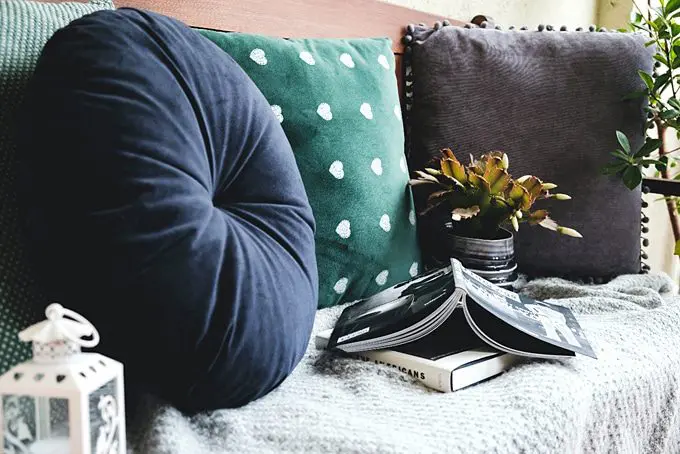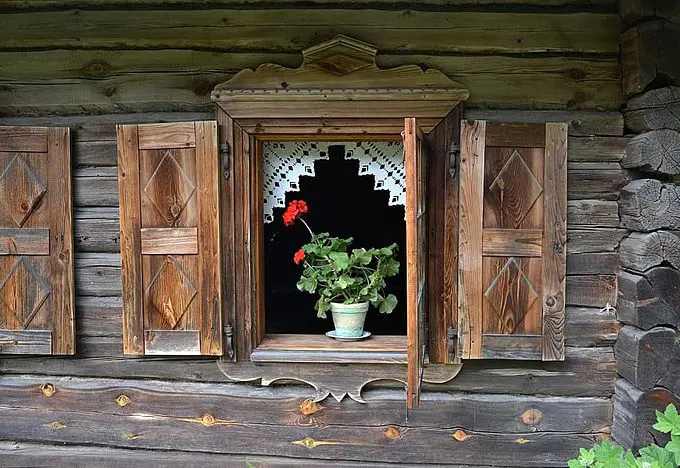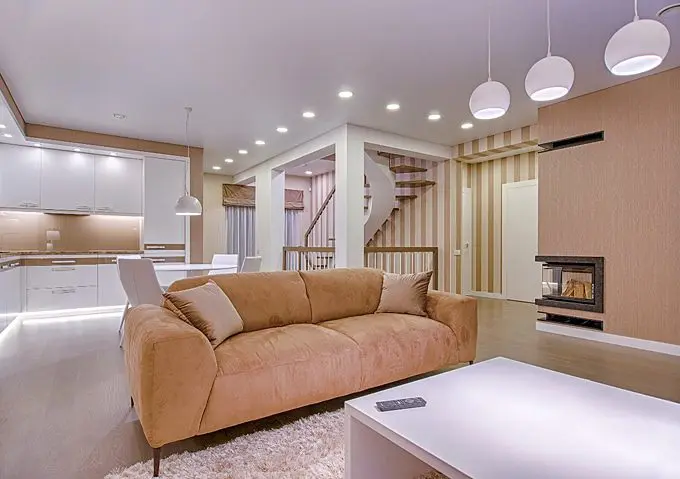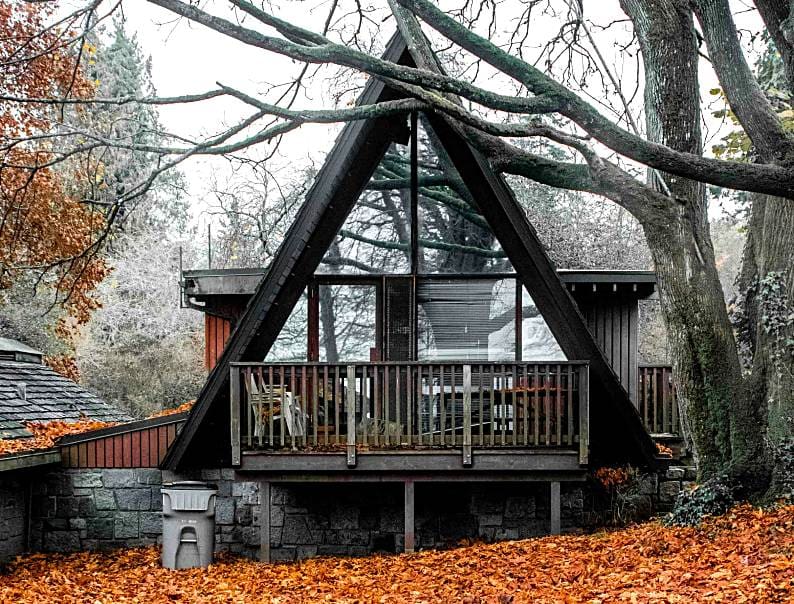words Al Woods
Regardless of the climate we live in, the quality of the air we breathe on a daily basis is subject to an array of external factors. From pollution from vehicle exhausts, billowing smoke from factory chimneys, and even from the elements themselves we find ourselves inhaling inconsistent air quality.

The importance of home climate improvement
The same can also be true indoors and both internal and external climate issues can affect the air we breathe internally, causing us to breathe indoor pollutants caused by pollens carried into buildings from outside, fungal spores released from formed patches of mildew and even dust from inadequate cleaning protocols are just a few examples of factors that can adversely influence the quality of the internal air we breathe.
These and other pollutants cast into the air can cause health issues, some of which manifest quickly such as dust allergies or slowly over time. It isn’t unheard of for people to develop respiratory issues such as asthma from prolonged exposure to damp conditions for example.
This is not just talk. The significant effect of air humidity on the human condition is scientifically confirmed. So, you can find a number of scientific articles in publications such as the International Journal of Hygiene and Environmental Health
Of course, our susceptibility to health issues from pollutants can also be affected by our current state of health, our age and our proximity to the offending substance. Inadequately ventilated buildings can be a breeding ground also for viruses and diseases from the common cold to worse, and it isn’t just our bodies that can be adversely affected by poor air quality.
Making the home climate better
In hotter climates especially, humidity can be a real issue for property owners if their buildings don’t provide adequate ventilation. People can become irritable due to the discomfort experienced, but lasting damage can be caused by the presence of excessive moisture in the air. Air-conditioners, desk-fans and other cooling methods are likely to be deployed in order to combat the temperature rise that humid air can cause.
But the moisture that lurks unseen in the air can create damage through damp to the building’s structure as well as to the owner’s pocket in electricity costs! It is best then to not only cool the air temperature but also remove moisture from the air at the same time in order to both increase comfort levels of the people in the building and also to minimize the potential for damage.
Benefits of using a dehumidifier
For residential properties a dehumidifier for basement installation could save property owners thousands of dollars in the long run by helping to regulate the moisture in the internal living spaces, either drawing the moisture out of the air when it is hot and humid; or adding moisture to the air when conditions are much colder and there’s less moisture in the air such as in winter time. Basement installation allows the unit to function discretely away from living areas while remaining easily accessible for service and repair, and for venting out of the property. If you’re unsure which model will be ideal for these purposes, be sure to check out this compilation of automatic dehumidifiers for basement.
The ideal range for internal air humidity rests between 30 and 50%; levels higher or lower than this range can lead to health issues and property damage so it is vitally important to maintain the level of humidity in the air between the range.

Working in tandem with efficient air conditioning systems, dehumidifiers go a long way in ensuring a consistent, comfortable environment helping to keep us healthy as well as minimizing the potential negative effects of mildew, mold and bad odors.
Could my home be making me sick?
‘Sick building syndrome’ is a term used to describe building that may be designed or constructed in such a way that the people within can experience symptoms of illness from being in the building. A host of factors can cause this, including poor air quality. But other factors that might be having a negative effect on a person’s health includes poor lighting, older substances used in construction such as asbestos or lead, or even the use of cheap adhesives used in carpet fitting or furniture construction which are releasing toxic fumes.
Let there be light
Some problems could cost a lot to fix; but tackling lighting problems can be relatively inexpensive and easy to remedy. From faulty bulbs that may flicker on and off, or perhaps either give off too much light or not enough light or even don’t work at all, it is important to maintain consistent internal lighting in order to ensure the comfort of those within.

This is equally true not only in the home, but also in the workplace. Using a high-intensity bulb in a small, enclosed area will likely overpower the occupant, leading to headaches. Overly-bright lights are a common trigger in migraine sufferers for example; while using a less powerful bulb in an area that needs maximum illumination could lead to eye strain and fatigue, or be a factor in a serious accident such as a trip or fall.
Lighting is a key element that many people tend to overlook. Using cheaper bulbs for example may give off inconsistent light as they deteriorate through use and might begin to flicker on and off. Using the wrong shading or reflective coverings can also lead to eye-strain, while even the interior colorings of the wall can cause issues depending on the strength of light in a particular room where already bright colors could have their effect multiplied by reflective light.
Be aware of leakage from kitchen appliances
Replacing older appliances such as refrigerators or cookers can have positive effects on a person’s home climate. Refrigerators use gas in their operation which is mildly toxic and older units can leak; smells of ammonia or other chemical in the air near a refrigerator suggest the unit has developed such a leak and should be repaired or replaced.
Cooking with a gas stove can also expose users to several potentially harmful air pollutants such as carbon monoxide so it makes sense to ensure the stove is adequately vented. This will help ensure that most pollutants are released outside where they can disperse relatively harmlessly rather than be allowed to build up within the home. Alternatively opening an external door or window can also help ventilate the cooking area and protect from potentially harmful substances released by cooking with gas.
Conclusion
There are several other areas around the home that can be addressed to ensure home climate improvement and these are just a few suggestions to be aware of when providing a comfortable environment for you and your family. The consideration for installing a dehumidifier for basement use and also addressing any lighting problems, as well as being alert to potential issues with electrical appliances are all practical steps to take to improve the home climate and should prove relatively inexpensive in the long-run following the initial outlay of provision.
Taking practical steps can protect families for years if regular care is taken to address household problems within the home as they arise, from simple preventative maintenance and regular cleaning families can ensure they have the best possible home climate in which to live and work.




